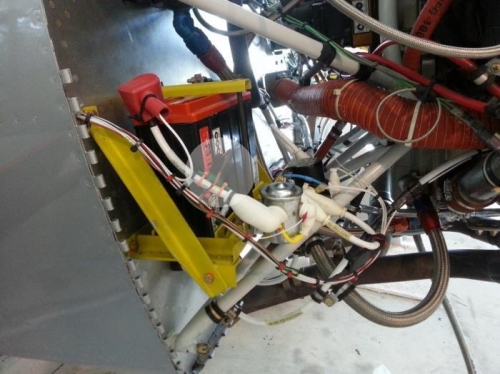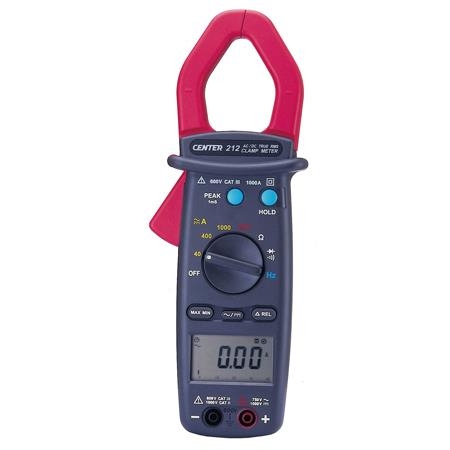
|

|
|

|
Vans RV-8 G-JBTR

|
Date: 5-1-2012
|
Number of Hours: 0.00
|
Manual Reference:
|
Brief Description: MGL Current Sensor
|

|
There is much debate as to where to monitor your amps and this post on the MGL forum sums it up (for shunt also read sensor):
"There are two major was ways to wire the shunt to measure amps.
1. on the b lead, it measures the total alternator output.
Pros - one can tell if the alternator is overloaded due to direct measurement of output.
cons - since it measures all output from alt, then it sums battery charging amps, and system load. You don't know exactly what your systems demand is
2. mount shunt in line from battery to system. this always gives amp demand by system.
pros- always gives system demand on start up so you will have a consistent reference for demand.
cons - dont know what the actual battery charging amperage is. but voltage on G3X will give voltage to tell you it IS being charged, just not the quantity.
I chose #2, since the voltage will be measured and by reading amps I could manage power load if the alternator quit. Also, I will be able to remember what the load is for a typical configuration. Battery charge drops after a few minutes to a low number anyway. Digital voltage readouts are so good these days, I am confident that it will tell me if the output of the alternator is substandard, or non existent.
I read up on this and either is an acceptable practice per aviation standards, so both are "right"
What do you want to know, and why, will determine the selection."
I also chose #2 after initially using #1 and am happy with what I have. I used a DC clamp meter to measure the amps flowing through my fat wire to calibrate the sensor.
|

|

MGL Current Sensor
|

|

DC Clamp Meter
|

|
|

|

|

|
|

|

|
Copyright © 2001-2024 Matronics. All Rights Reserved.
|

